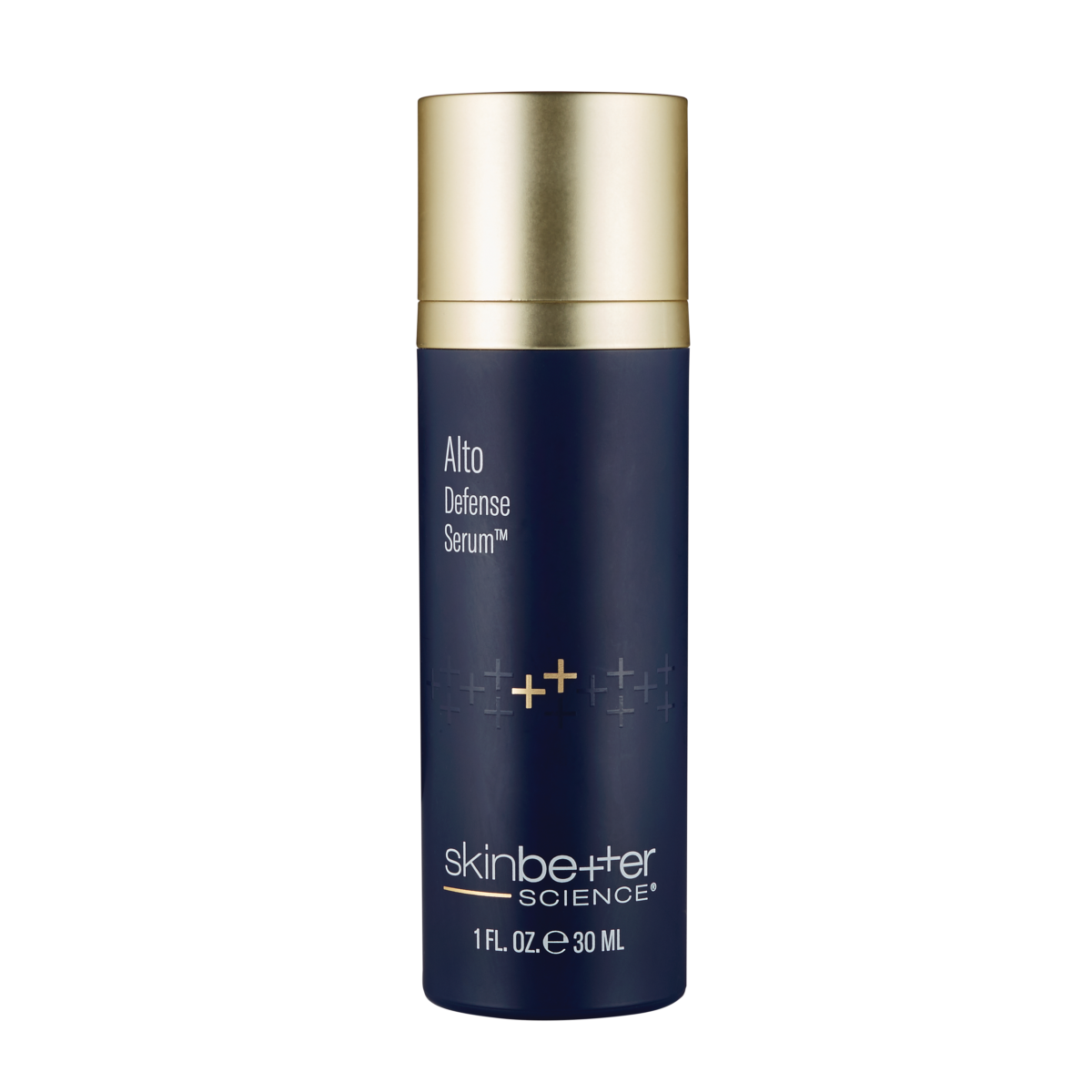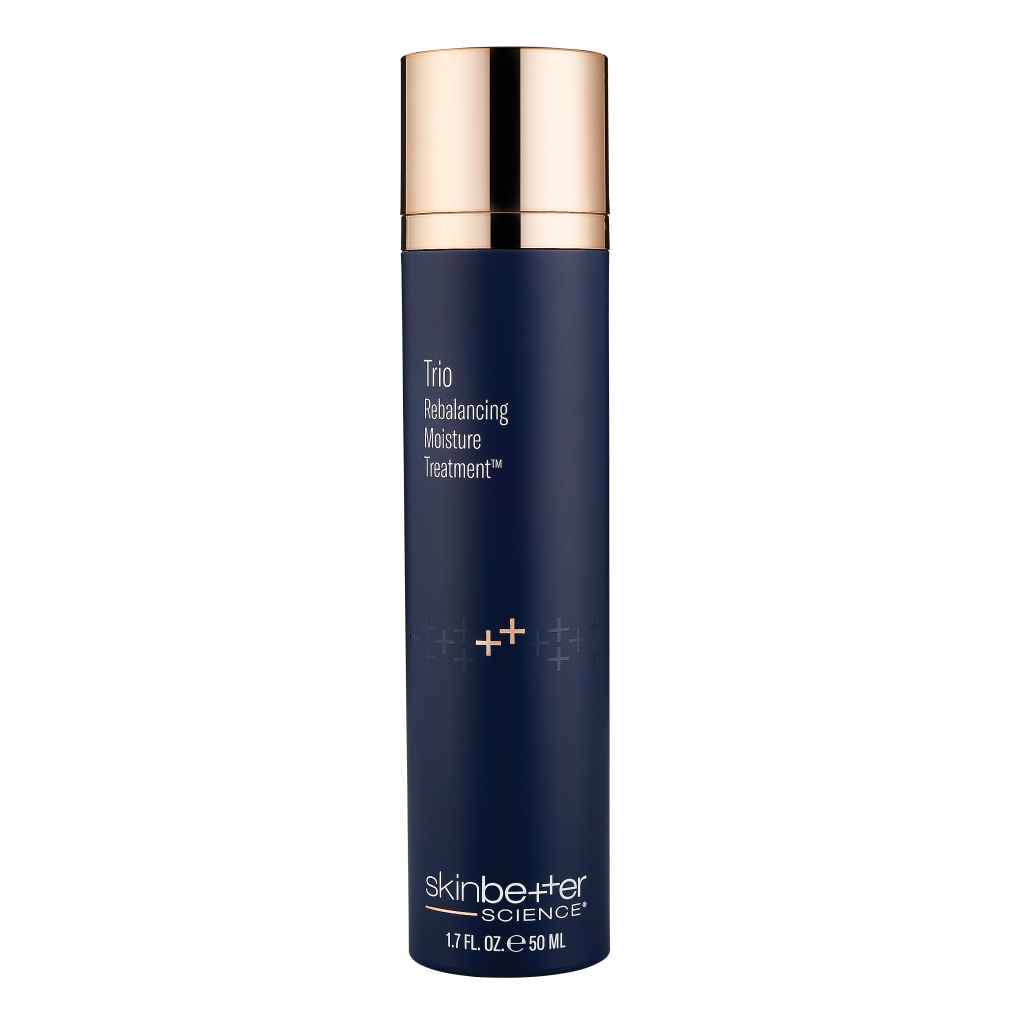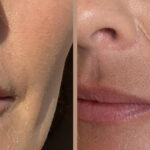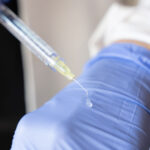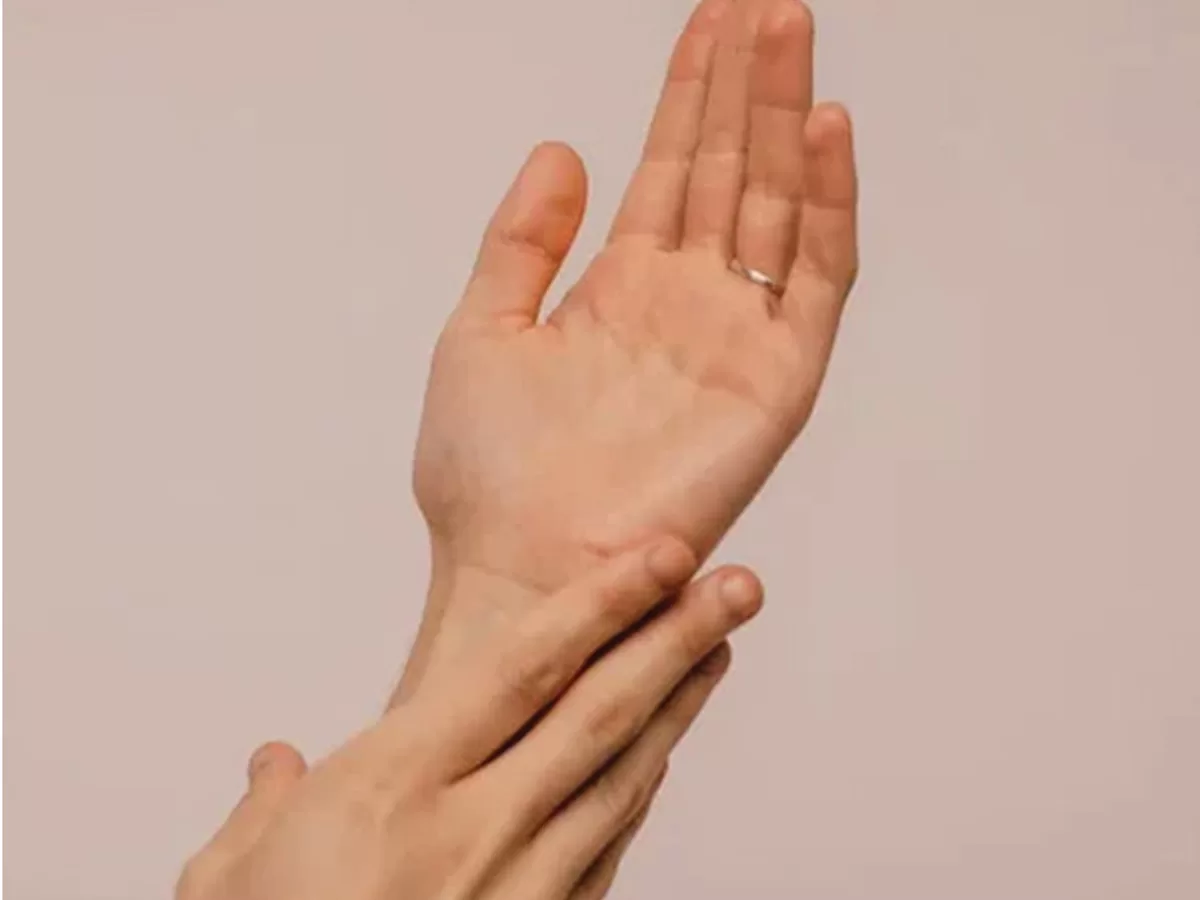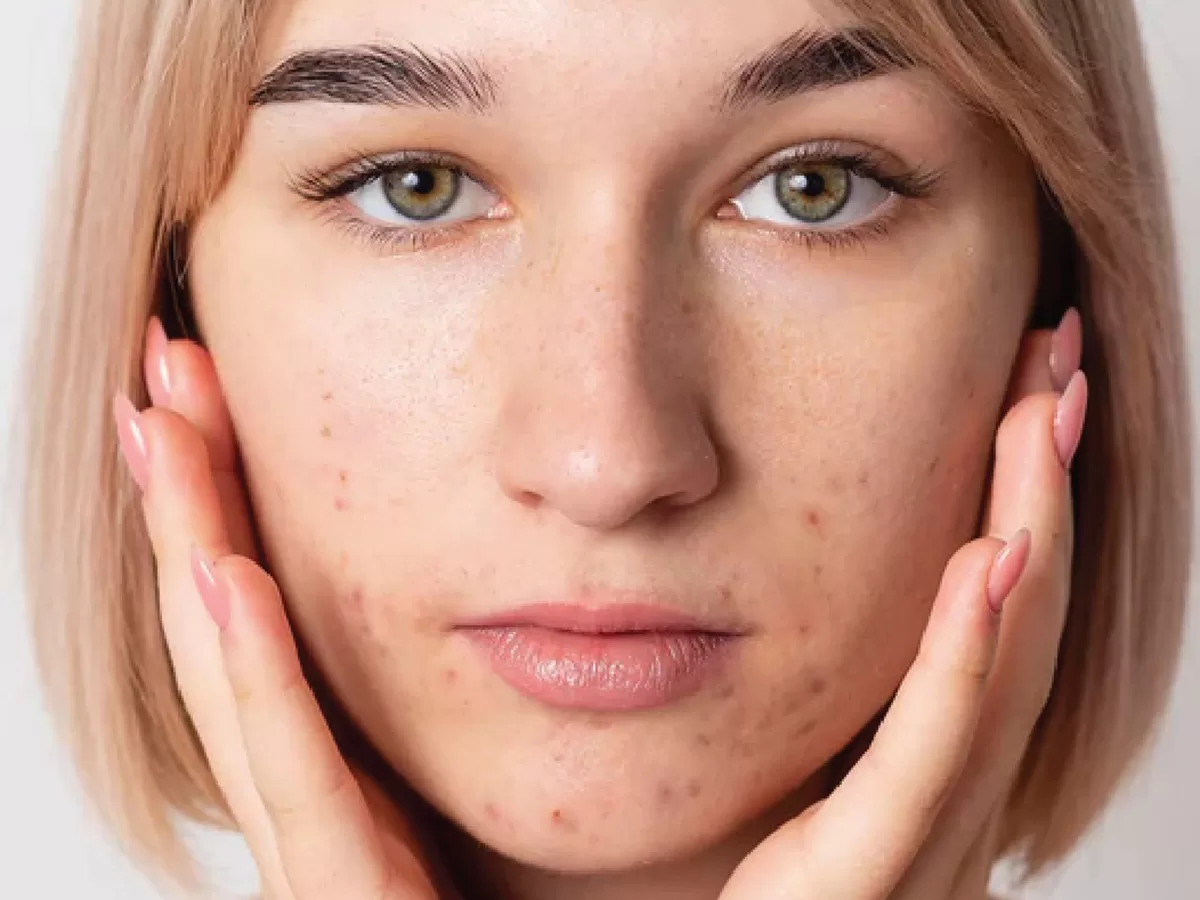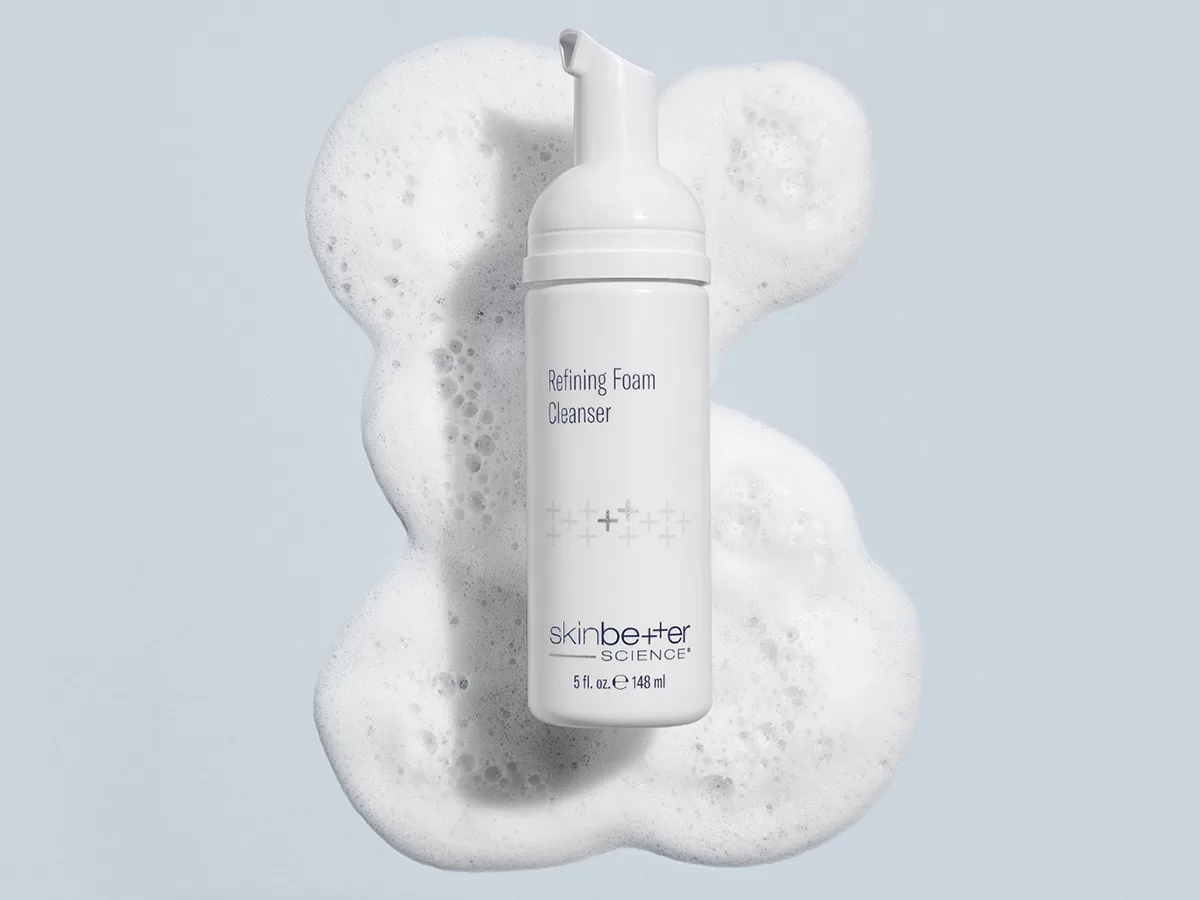Widely acclaimed as a “holy grail” in skincare by dermatologists globally, retinol stands out as one of the most sought-after active ingredients for treating various skin concerns.
Retinol offers multiple benefits: it combats acne, fades scars, diminishes fine lines and wrinkles, and lightens dark spots. Additionally, it boosts cell turnover, bringing fresh, healthy cells to the surface and slowing down visible signs of aging.
However, introducing retinoids into your skincare routine can also lead to side effects like clogged pores, redness, peeling, and breakouts, regardless of your skin type. This phenomenon, known as retinol skin purging, can make your skin appear worse before it improves.
For those new to skincare or retinol, this can be unsettling. Fortunately, these reactions are typically just expected side effects of retinoids. But how can you distinguish between a normal “purge” and a more serious skin condition?
Continue reading to explore why retinol purging occurs, its typical duration, and the signs to watch for.
What is retinoid purging?
Retinol-induced purging varies from person to person, influenced by their skin type and overall skin health. During this phase, dead skin cells rise to the surface and flake off, causing visible dryness.
As the new skin emerges, it may appear red and irritated as it adjusts to the increased cell turnover. You might notice the appearance of whiteheads, blackheads, papules, pustules, and hard bumps in clusters. These combined effects can make the skin look rough and uneven.
The term “purging” reflects a process of purification or cleansing, which is exactly what your skin undergoes during the retinoid purging phase. Retinoids work at a cellular level to normalize skin turnover, bringing all the impurities clogging your pores to the surface. This combination of increased cell turnover and pore unclogging can lead to temporary breakouts as everything surfaces at once.
New retinoid users might experience not only increased acne, such as whiteheads and blackheads, but also redness, peeling, and general skin irritation, especially in thinner areas of the face like around the nose and mouth.
As paradoxical as it seems, these initial flare-ups indicate that the retinol is effectively working to rejuvenate your skin.
How long does it last?
The duration of a retinoid purge generally depends on your skin type, but it typically lasts about four weeks. In some cases, flare-ups can extend up to eight weeks, or approximately two cell cycles. If the purging persists beyond three months, it’s likely not just a typical purge. At this point, it’s crucial to consult a specialist for a thorough evaluation and to address any underlying issues.
Acne breakout vs. retinol purge
While acne breakouts and retinol-induced skin purging may present similar symptoms, they are distinct processes.
If you typically don’t experience frequent breakouts but start noticing a sudden increase in pimples, particularly after starting retinoids, this could indicate rapid skin cell turnover or a skin purge. These breakouts are generally smaller and more superficial compared to cystic acne.
Retinol purging is a temporary phase. As your skin adapts to the enhanced cell turnover driven by retinol, you should see a gradual reduction in breakouts, leading to a smoother texture, improved skin tone, and a brighter complexion.
In contrast, acne breakouts can be triggered by stress, excess oil production, bacteria, hormonal changes, diet, or environmental factors. This can result in a variety of lesions, including whiteheads, blackheads, papules, pustules, nodules, and cysts. Acne can appear anywhere on the body and tends to be larger, deeper, and more inflamed than the breakouts associated with retinol purging.
Indicators of a retinol purge
If you’re uncertain whether your skin is purging or experiencing an acne breakout, here are 8 signs of retinol skin purging to help you distinguish between the two.
1. Texture changes
Initially, your skin’s texture may feel rougher as new, healthier cells come to the surface. This is a temporary phase, and over time, you should notice smoother, more even-textured skin.
2. Redness and irritation
Mild to moderate redness and irritation can occur as your skin adjusts to retinol. The skin’s barrier may temporarily weaken, leading to a sensitized appearance. Persistent redness and severe irritation might indicate an allergic reaction. If redness continues after stopping retinol, consult your healthcare provider for alternative treatments.
3. Flaking and peeling
Retinol promotes the shedding of old skin cells, often resulting in dryness and flaking, especially in areas prone to dryness. This is part of the natural renewal process. To manage it, maintain a proper skincare routine and use adequate UV protection.
4. Increased breakouts
Temporary flare-ups of acne-like blemishes such as whiteheads, blackheads, papules, and pustules. These blemishes often appear more rapidly than typical acne and are generally smaller and more superficial. The increased breakouts are a result of accelerated cell turnover caused by retinol, bringing underlying congestion to the surface. This process can make the skin look worse before it starts to improve as the retinol helps to clear out impurities and normalize skin function.
5. Clustering of blemishes
Breakouts often appear in clusters, particularly in areas prone to congestion or where retinol was applied. These blemishes are typically smaller and more superficial than those seen with typical acne.
6. Localized reaction
Symptoms often occur in specific areas where retinol was applied, such as the forehead, cheeks, or chin. These reactions can be more pronounced in regions with thinner skin, like around the nose and mouth, which may exhibit greater sensitivity and irritation.
7. Increased oil production
Some people may experience temporary excess oil as the skin adjusts to the retinol. This heightened oil production can contribute to the formation of blemishes during the purging phase.
How to manage retinol purging
Before introducing any active ingredient like retinol to your skincare routine, it’s crucial to allow your skin to gradually adapt. Start by applying retinol once or twice a week and increase the frequency after two weeks, gradually building up to daily use as your skin becomes more tolerant. This approach not only enhances your skin’s tolerance but also helps to minimize side effects like purging.
To further reduce the risk of unwanted side effects, keep your skin well-hydrated. Drink plenty of water, use a hydrating serum, and apply a hydrating moisturizer to balance the effects of retinol on your face. This hydration can ease the purging process and support your skin’s adjustment to retinoids.
Alto Defense Serum
Alto Defense Serum is designed to improve the appearance of skin tone and provide protection against environmental damage. Although it primarily functions as an antioxidant serum, it also helps to maintain skin hydration, making it a versatile addition to your skincare routine.
This product is especially beneficial for those looking to address signs of aging, hyperpigmentation, and uneven skin texture, while also providing a boost of hydration.
Trio Rebalancing Moisture Treatment
Trio Rebalancing Moisture Treatment from Skinbetter Science is a highly recommended hydrating moisturizer. This product is formulated to deliver deep hydration without feeling heavy on the skin, making it suitable for all skin types. It helps to improve the skin’s moisture balance and barrier function while also addressing signs of aging and uneven skin texture.
Find high-quality retinol products at Direct Aesthetics
Retinol purging may seem intimidating, but the benefits of high-quality retinol products are well worth the temporary discomfort for those who are patient.
Keep in mind that this short-term reaction signals that your skin is progressing towards a more radiant and rejuvenated appearance!
At Direct Aesthetics, our experts are ready to guide you through the world of medical-grade skincare solutions. Whether you have sensitive, oily, or combination skin, our team is dedicated to helping you look and feel your best.
Contact us today to learn more or to schedule a consultation!
GET IN TOUCH

